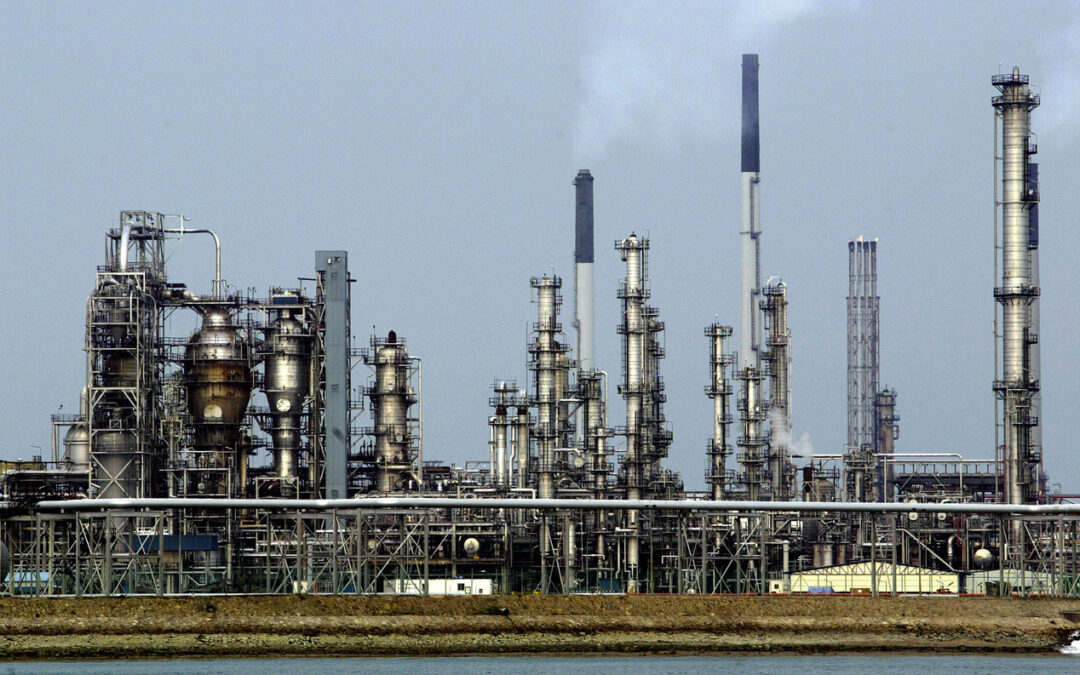Equinor, Shell, TotalEnergies, Gassco and DNV have kicked off a new joint industry project (JIP) to develop low-pressure solutions for CO2 ship transport. The CETO (CO2 Efficient Transport via Ocean) JIP will carry out the technology qualification of a low-pressure ship design.
At the same time, the JIP will identify solutions to scale CO2 transportation volume, while reducing the associated risks. All together, this is to support the development of opportunities in carbon capture and storage. CETO is funded by the project partners and GASSNOVA through the CLIMIT programme and is expected to be completed in 2023.
Also read: ‘Capex of 29 million euros for carbon capture and storage on ships’
CO2 ship transport
Carbon capture and storage (CCS) will be a key technology if the world is to meet the goals of the Paris and Glasgow agreements. Although the technologies and the industry are very much still emerging, a possible challenge is connecting capture sources to facilities for use or storage sites, especially where pipelines are not an option.
As a result, CO2 transport ship technology will be needed if large quantities are to be safely transported at costs that are commercially viable. Today, most transport of CO2 via ship takes place at small scale and at medium pressure (15 bar at -28ºC), limiting the possibilities of scaling up to meet future growth in CCS.
Also read: DNV launches JIP for floating offshore wind substations
Low pressure transport systems
To transport CO2 safely and efficiently at industrial scale by ship, low pressure transport systems (approximately 7 bar at -49ºC) are a potential solution, as this enables much larger tank volumes, cargo capacities and therefore reduced transportation costs. However, the industry currently has little practical experience with the transport of liquid CO2 (LCO2) under these conditions.
The JIP looks to build experience in low pressure transport and fill a vital knowledge gap, by examining the fundamentals of a low-pressure CO2 transport chain, including:
- A LCO2 ship design, with low pressure tank and cargo handling system
- Material choice and testing
- Medium scale testing and simulation of cargo handling
- Conditioning and liquefaction
- Testing LCO2 behaviour at low pressure
‘As an important part of tackling the climate crisis, reducing costs across the whole CCS value chain is essential,’ says Johan Petter Tutturen, VP, Special Projects – Gas at DNV. ‘Low pressure CO2 ship designs are a potentially important piece of the chain, but they need to be reliable and meet accepted safety standards. That is why we are very pleased to be working together with this strong consortium of CCS stakeholders to identify the technical risks and challenges to enable safe and economical operations going forward.’
Syrie Crouch, VP Carbon Capture Utilisation and Storage at Shell, adds: ‘Ensuring these CO2 transport vessels and their associated loading/unloading facilities are standardised to enable interconnectivity between capture and storage facilities will be key to success.’
CETO JIP
The CETO JIP is named after Ceto, who is a primordial sea goddess in Greek mythology, and builds on an earlier project carried out by the partners that investigated the technology gaps and identified qualification activities to demonstrate that the technologies offer the required levels of operational safety and reliability.
Picture: Equinor, Shell, TotalEnergies, Gassco and DNV launched the CETO (CO2 Efficient Transport via Ocean) JIP to develop low-pressure solutions for the transportation of CO2 by ships.
Also read: DNV: New technology may pose threat to safety at sea








